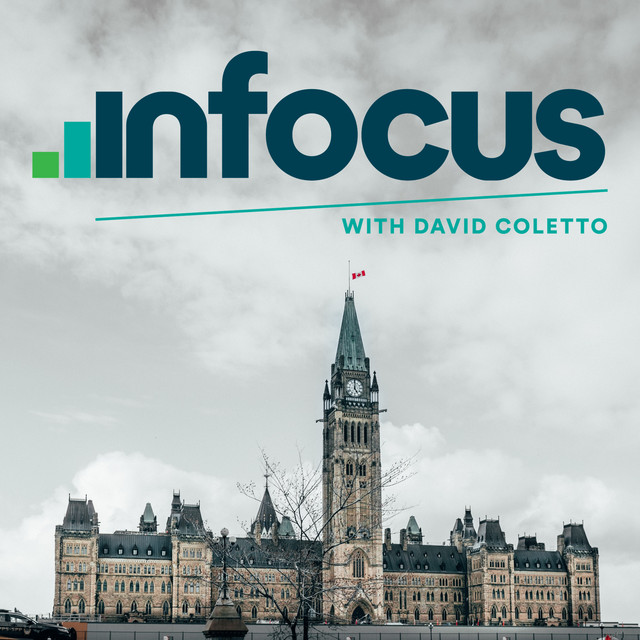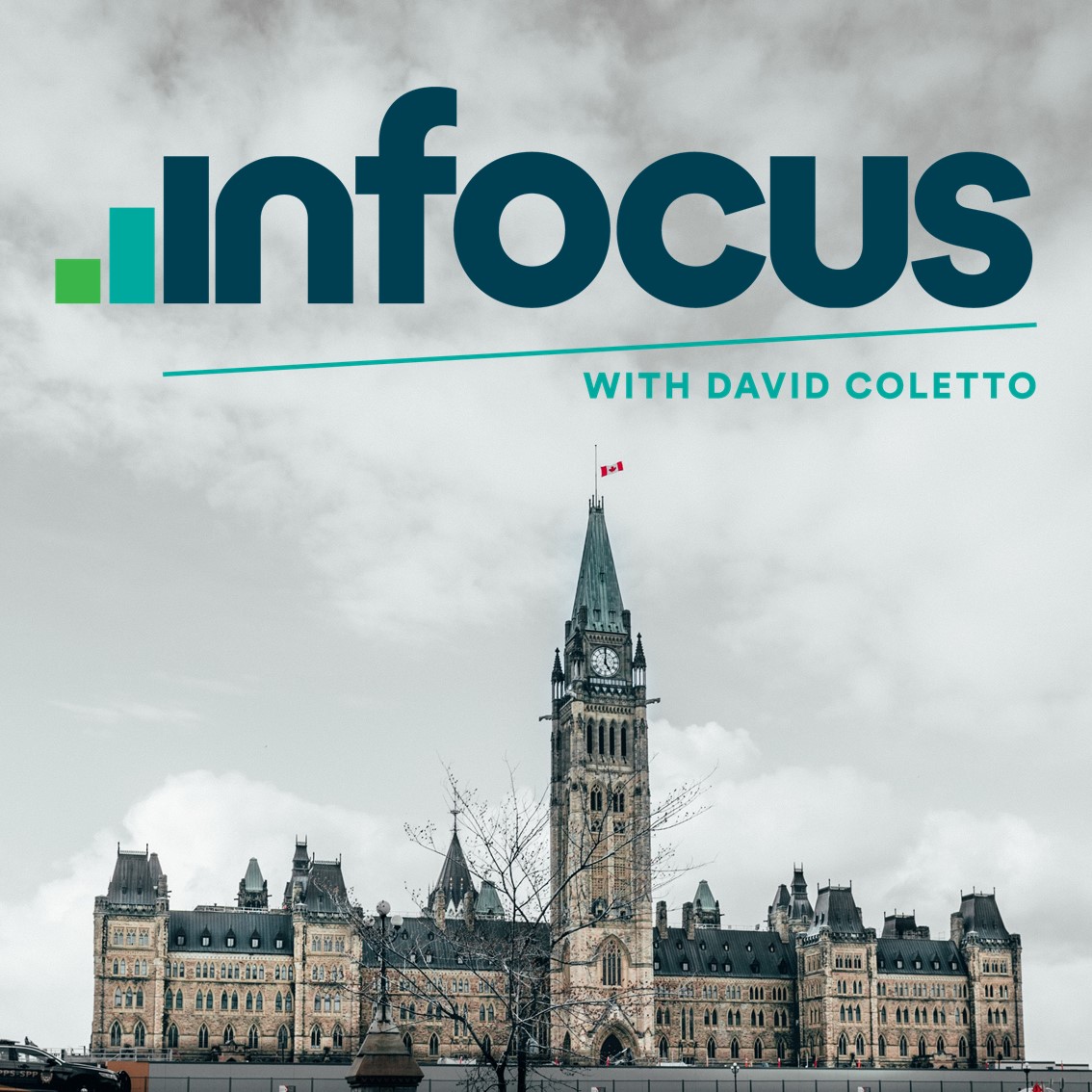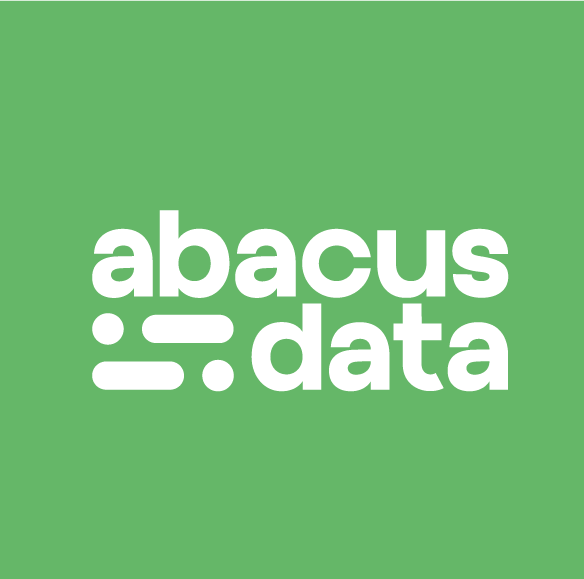Episode Transcript
[00:00:00] Foreign.
[00:00:19] Well, hey there. Welcome back to In Focus with David Coletto. I'm David Coletto. Thanks for joining today. Today we're going to explore what's driving support for the Liberals in this federal election campaign. Now, we're in the second week, and our latest polling suggests that we see a dead heat, 39 liberal, 39 conservatives. But we still see an advantage for the Liberals, especially among those most likely to vote. So the question is, why are the Liberals gaining votes and what are the drivers in that? Now, public sentiment isn't the whole story. We've also used a more advanced analytical approach, what we call binary logistic regression, to dig deeper into the factors behind this liberal lead. Now, before your eyes glaze over at the term logistic regression, let me break it down in plain language. Essentially, it's a statistical method that helps us predict whether a voter will choose one party or not based on various characteristics, like their impression of the leaders, policy preferences, or key election issues. Each characteristic, which also includes demographics, either increases or decreases the odds of supporting a party. Taken together, these odds help us understand what really sways voters, all else being equal. From our model, a major finding is the role of policy perceptions. When voters think the Liberals are best at handling big issues like Trump, housing, health care, or climate change, they're more likely to vote Liberal. The same goes for those who believe the Liberals can manage the economy and lower the cost of living effectively. Now, I mention Trump because, critically, that is the most important factor in determining whether somebody votes Liberal or not. If they believe that Donald Trump is one of the top issues and the Liberals are best able to handle it, it puts the Liberals in a very solid place in terms of probability of voting for them. The more that Trump talks about tariffs, and we'll see later today whether that holds, the better news it is for the Liberals politically, perhaps because they trust Carney's experience and believe his team can handle those trade tensions more effectively. Now, the analysis also highlights that if someone holds a negative impression of Conservative leader Pierre Poliev, that they tend to lean towards the Liberals, all else being equal, Poliev's approach may not be resonating with some voters. In fact, it may be pushing them away from the Conservatives. What's interesting is that simply disliking Donald Trump doesn't necessarily predict a vote for the Liberals, all else being equal.
[00:02:58] Now, another crucial part of the story is Mark Carney himself. As a former governor of the bank of Canada and the bank of England, Carney has a strong reputation right now for economic leadership Many voters appear to trust him to tackle both Canada's domestic challenges and any economic fallout from the growing threats from Donald Trump in the United States. Even if they're not thrilled with every Liberal policy, they see Carney's steady hand as an asset. But let's talk about the cost of living. It's currently a top issue for almost half of Canadians. It tops our list when we ask them, what are the two most important issues driving your vote? And here's where things get more complicated for the Liberals. While the government's track record might be attractive on some front people who view day to day economic concerns as paramount, it actually hurts their chances of voting Liberal. The more that the cost of living is front and center, the more that it's salient, the less likely that they are going to vote Liberal. These voters seem more open to looking elsewhere, feeling that the Liberals haven't effectively tackled affordability. To illustrate, imagine two voters who are alike in every other way. Same demographics. They live in the same part of the country. They have the same general impressions of the party leaders, but they differ on the issue they prioritize. If one voter names Trump as a top two issue and not the cost of living, there are around 12 percentage points more likely to vote Liberal. Conversely, if the other voter puts the cost of living in their top two issues and doesn't care as much about Trump, they're about 10 points less likely to vote Liberal. It's a stark demonstration of how a single issue and the salience of that issue can tilt the scales. So what about demographics like age, gender or education? We hear all the time breakouts by generation, or men and women, or education. Interestingly, they don't seem to matter nearly as much in our model right now. What really drives support for the Liberals is how people judge the parties and Mark Carney's ability to handle the issues they care most about, something I have repeated over and over as the key driver in voting behavior and whether they trust Carney versus Poliev. Now, let's consider one more hypothetical scenario. Suppose a voter doesn't have a positive impression of Mark Carney or Pierre Poliev, but still believes the Liberals are best able to deal with Trump. In that case, our model suggests the likelihood of a Liberal vote remains around 55%. Even if Carney's personal appeal is missing, the voters focus on handling Trump, and the lukewarm view of Poliev keeps them more likely in the Liberal column.
[00:05:50] So what does this mean for each campaign? Well, for the Liberals, Prime Minister Carney and really should be emphasizing their ability to stand up to Trump, ward off any economic threats he poses. It's the reason why I think they are now the favorites to win this election. They have more effectively done that. They've kept that issue salient and voters overwhelmingly think he's best to deal with that compared to Pierre Poliev. But they also need to convince voters that they're solid on other high profile issues, hence the housing announcement earlier this week. From climate change to the economy to health care, those are issues where Carney and the Liberals can keep people feeling they have a handle on. They're going to buttress and reinforce the advantage they have on Trump. Now for the conservatives, if the ballot question is Trump, they lose ground. They'll want to steer the conversation toward affordability and day to day economic concerns. Where the model suggests the Liberals are more vulnerable. Poliev also needs to address his personal negatives. If people dislike him, that alone can push them towards the Liberals. Now for the New Democrats who are struggling to gain any traction and attention, the challenge is always about differentiating themselves from the Liberals. On more progressive issues. They'll need to argue that they're better champions on inequality, on universal health care and on a strong stance against Trump. Otherwise, those progressive voters may continue to consolidate around Carney and the Liberals. Overall, the data reveals why the Liberals currently are in the driver's seat. They're perceived as competent on crucial policy files and Carney's economic credentials reassure a big chunk of voters, especially those who worry about Trump's impact on Canada. Of course, we've still got plenty of time left in this campaign and public opinion could shift. But for now, the Liberals look poised to build on these trends and perhaps secure another mandate and even a majority government. Well, that's all for this edition of In Focus with David Coletto. I hope this look under the hood of our logistic regression helps you understand really what's driving voters right now. It's not just about the horse race, but what's driving it that fascinates me. We'll keep an eye on this race, continue to do more advanced analysis and share with those results as they emerge. If you like what you're hearing, please follow and subscribe this podcast. You can read far more analysis on the abacus data website abacusdata.ca and on my personal data lab, my substack davidcolletto1l2t's substack.com. until next time, thanks for listening. We'll talk to you soon.
[00:08:32] Sa.


